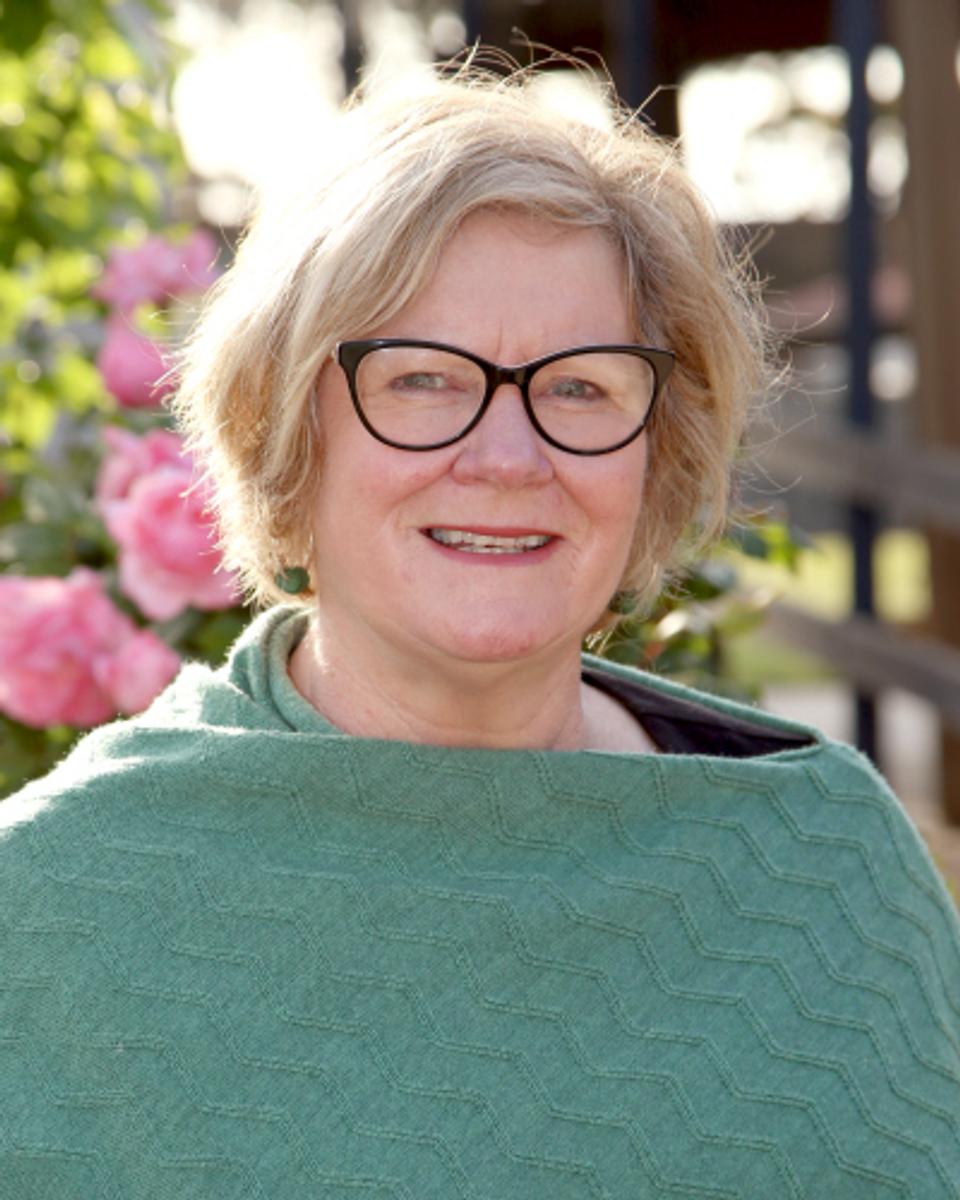Learning and Teaching News

In a primary school, subjects other than English, Mathematics, Religious Education and those taught by specialist teachers (Performing and Visual Arts, Languages other than English - Japanese, Physical Education, Digital Technologies and Sustainability) are taught in a combined and interconnected way.
This makes learning meaningful, purposeful and manageable. We call this Inquiry Learning.
Teachers design journeys of inquiry with and for learners that help them see connections across learning areas and between ‘school’ learning and the world beyond school.
They teach learners how to collaborate as they investigate problems, projects and passions.
Inquiry learning is a process and it is ultimately the skills and dispositions of the learner that are as important as the content.
Taking an inquiry approach to learning means you have to be a researcher, a thinker, a self-manager, a communicator and a collaborator.
Teachers plan an Inquiry for their students based on their knowledge of a broad curriculum so they can address as many Victorian Curriculum outcomes as relevant. Big concepts that drive Inquiry Units include change, sustainability, history, culture, ecosystems and relationships.
In Term 4, all classes are undertaking a history Inquiry. Being historians helps us understand the present by exploring the past.
Every couple of weeks, on Seesaw, class teachers provide an overview of learning for the following two or three weeks.
This is so you know the big ideas and key learnings and can support your child's learning and connect their in school learning with real world learning.
You are encouraged to share your own knowledge, help them to access relevant resources like experts, books and videos and discuss your experiences of the topic.
You might take them to places to build their knowledge of the topic and ask probing questions and draw their attention to relevant past experiences.
The Units of Inquiry for Term 4 are as follows:
Prep
Tick Tock. Rewind the clock!
What is my history and what is the history of the local community?
This inquiry helps students find out about their personal past by exploring significant events and timelines. They investigate the history of significant people in the local area: Richard Williams (after whom Williams Landing is named), Sr Judith Bellessini (first Principal of St Martin De Porres) and Benbow (Indigenous leader).
They look at changes to places over time.
Year 1/2
Unearth the Secrets of Our Hometown: Discovering the Hidden Stories of Our Local Past.
What can we find out about the past in our local area?
Through both a history and geography lens, students will explore their local environment and the changes that have occurred overtime. This exploration will help students understand and adapt to the ongoing changes that shape our world today.
Year 3/ 4
Hidden Histories
How did the gold rush change the lives of Indigenous Australians, Chinese immigrants, and European settlers?
This unit explores the Victorian Gold Rush; where, why and how it took place. It brings to life the perspectives and participation of the people involved and leads to students attending camp at Sovereign Hill in Ballarat.
Year 5/ 6
What is history and how is it told?
This unit explores our personal and Australian histories and includes the ordering of significant events. It involves perspectives, sources of information and identifying bias to know, tell, understand and analyse the stories of the past.
Denise Kelly
Co-Deputy Principal | Learning & Teaching Leader

